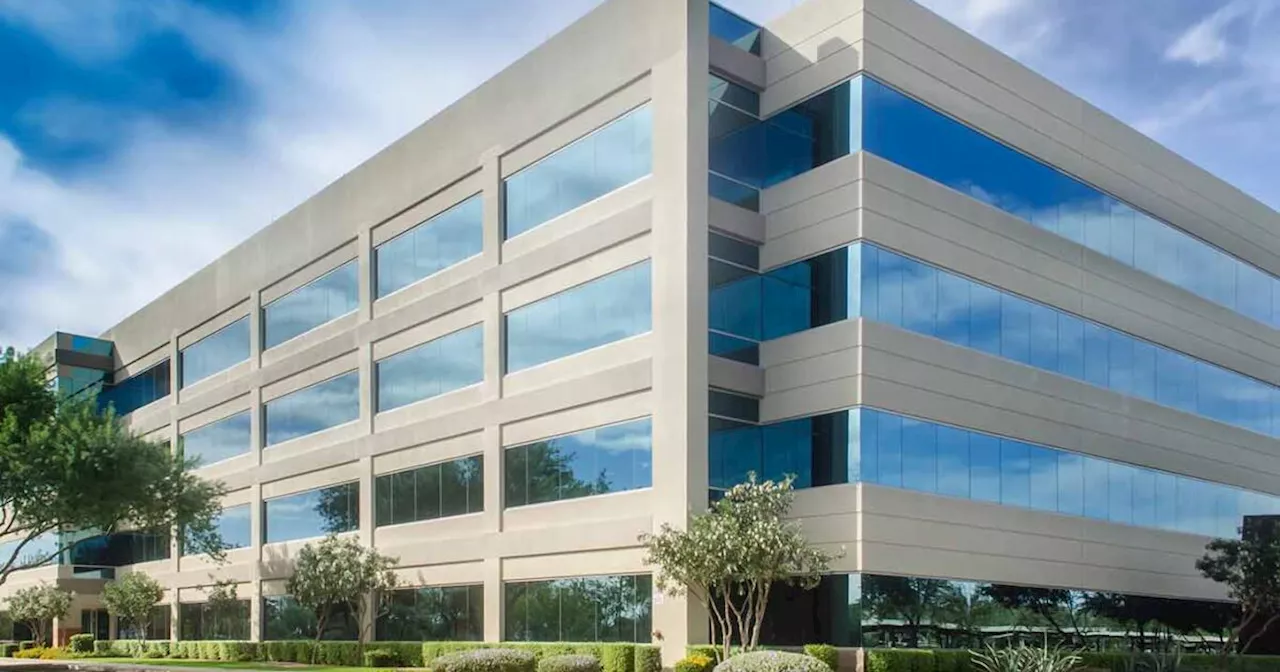The third quarter of 2025 has revealed a significant slowdown in industrial development across Southern California, particularly in the Inland Empire, while office leasing activity has surged in the South Bay region. This shift is occurring against a backdrop of economic uncertainty that has influenced both the industrial and office markets.
In Los Angeles, leasing activity has concentrated notably in the South Bay, where companies are increasingly opting for flexible leasing options. Notable transactions include entertainment software developer COSM subleasing 67,725 square feet and space vehicle manufacturer Varda Space Industries taking 54,479 square feet, both from Beyond Meat in El Segundo. Additionally, Canvas Worldwide has signed a deal for a 68,301-square-foot sublease in the same area after relocating from The Collective in Playa Vista.
The professional services firm KPMG also made headlines by downsizing to a more efficient 64,200 square feet in Downtown Los Angeles while leasing an additional 49,903 square feet at Continental Park in El Segundo. These transactions highlight a trend toward opportunistic leasing as companies adapt to changing economic conditions.
While the South Bay office market is thriving, the Inland Empire’s industrial sector has come to a halt with no new warehouse projects breaking ground in the third quarter. This marks the first time in twenty years that the region has reported zero new construction starts in a single quarter. Mike McCrary, vice chairman at JLL, stated, “It’s not a long-term situation. We’re already seeing developers break ground on sites.” He attributed this pause to a previous construction boom that added 100 million square feet of warehouse space since early 2021, leading to an oversupply.
Despite the current slowdown, there are still 4.9 million square feet of industrial space under construction in the Inland Empire. The vacancy rate for industrial spaces has climbed to 7.8%, while the availability rate, which includes occupied spaces that may become vacant, reached 11.5%. The asking rates in the Inland Empire have dropped for ten consecutive quarters, with the current rate at $1.16 per square foot per month, marking a 9.4% decrease year over year.
In contrast, the long-term outlook for rental prices in Los Angeles tells a different story. Compared to pre-COVID-19 levels in the fourth quarter of 2019, average rents have surged by 48.5%. Tenants with leases signed five or more years ago are facing significant rent increases, leading to complex negotiations as they adapt to new market realities. The overall office market vacancy rate in Los Angeles stands at 23.9%, with negative net absorption of 515,035 square feet reported this year.
Leasing trends have shifted towards shorter-term agreements, with three to five-year deals becoming more common as tenants prioritize flexibility. Notably, the office market in the Greater Airport Area of Orange County has accounted for 58% of leasing activity in the past quarter, benefiting from the repositioning of office assets into multifamily and industrial properties.
The industrial sector continues to face challenges, as vacancy rates increased for the eleventh consecutive quarter, driven by tenant move-outs and new construction deliveries without prior commitments. Currently, there are 17 buildings totaling 2 million square feet underway, yet only four of these are pre-leased.
The Inland Empire remains a vital industrial market, boasting approximately 650 million square feet of warehousing and manufacturing space. Despite the slowdown, the region is still among the most active industrial markets in the United States. The office vacancy rate in the Inland Empire has stabilized at 8.6%, positioned as the lowest among major Southern California markets.
In San Diego, the office vacancy rate remained steady at 14.3% during the quarter, with tenant activity focused on spaces below 10,000 square feet. The largest lease of the quarter was signed by law firm Jones Day, with technology leading the charge in new leasing activity at 23% of total deals.
On the industrial front, San Diego’s vacancy rate saw a decline to 7.5%, primarily due to a 1.1-million-square-foot build-to-suit project for Amazon, which ended a streak of ten consecutive quarters of occupancy losses. Analysts anticipate that tenants will lease an estimated 4.3 million square feet over the next two years, reflecting ongoing demand despite broader market challenges.
Overall, while Southern California’s industrial development has temporarily slowed, the office leasing sector is adapting and thriving in response to evolving tenant needs. The market continues to navigate complexities, with affordability remaining a key driver as businesses reassess their real estate strategies in the current economic landscape.
